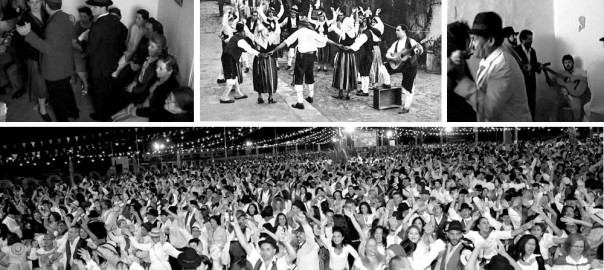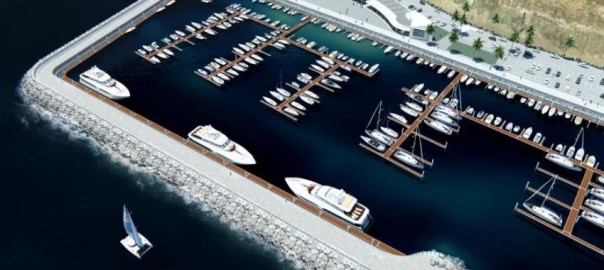It’s one of our objectives in FuerteCharter to show the tourists who visit us the culture and traditions of our island, Fuerteventura, as apart from the wonderful boat trips we offer from Corralejo this island has many other things to be discovered.
And this time we’ll talk about the Taifas dances, which in ancient times were danced in the whole archipelago and that, at present, has remained as a tradition linked to the Canary Islands’ culture. For example, the big Taifas dances were celebrated on the night of the 29th May, the eve of the Canary Islands’ day, a date that commemorates the constitution of the first autonomic Canary Islands’ Parliament in 1983.
According to the “Academia Canaria de la Lengua”:
TAIFA:
1. In some traditional dances celebrated in small venues, a series of couples who danced in turns and times, following the directions of a person in charge of complaying with the rules, such as the order of participation. After a “taifa” danced an “isa”, a “folia” and a “malagueña” it was the turn of another “taifa”.
2. Admission paid to take part in such dance.
Taifas dances weren’t a concrete dance, but a musical event that used to take place on special occasions to celebrate a birth (then they were called new mothers’ dances), when shucking and grinding corn (in order to make “gofio”) and also in special dates such as carnivals. They were, most of all, an act of social integration, mainly in an island such as Fuerteventura, where long distances often made it hard for people living in different towns to relate to one another.
Taifas dances were not held in large spaces but they used to be held in private houses where hardly 5 couples could dance in the hall, from where furniture had been previously removed. Generally, women were waiting on chairs in the hall, while men met outside the house, where the host offered “pizcos” (which today would be known as “shots”) to the attendees. They used to be parties where the attendees where looking for a partner, and men had to persuade the family of the woman they wanted to win.
The way to ask for a woman’s hand was to give the desired woman and her mother a little bag of cumin or any other spices, or a little candle. As they were courtship dances it wasn’t unusual of them to finish with any kind of quarrels, either caused by alcohol consumption or just fighting for a woman.
Sometimes, as read in the definition, a “taifa” was also charged as an admission to the participants, and if admission was free then the participants used to bring a gift for the host family, so the taifas dances were positive for the family economy.
In other islands, such as La Palma or Lanzarote, these musical events were known as oil lamp dances because they were lit up by oil lamps, and in Tenerife and El Hierro they were called string dances, as string instruments were played to accompany the dances. The instruments they used in these dances were the guitar, the “timple” and the “bandurria” (lute-type instrument), rarely the violin. And the music pieces that were danced were “isas”, “folías”, “seguidillas”, and “malagueñas”. Little by little a range of options opened and in the XIX century “polcas” and “mazurcas” were introduced. At the beginning of the XX century, “pasodobles”, fox-trot, “valses” and even “rumbas” were also danced, which is why the participant instruments were also changing.
Nowadays, in Fuerteventura we are ready for the XIV event of the Big Taifas Dance on the 29th May. From the 22nd April and up to the 16th May table bookings for this great event are open, one more year to be celebrated in Avenida Marítima in Puerto del Rosario.
To attend this event it’s necessary to wear the traditional Canary Island clothes, as a way to pay homage to the Islands’ ethnography and history.
FuerteCharter’s Team

